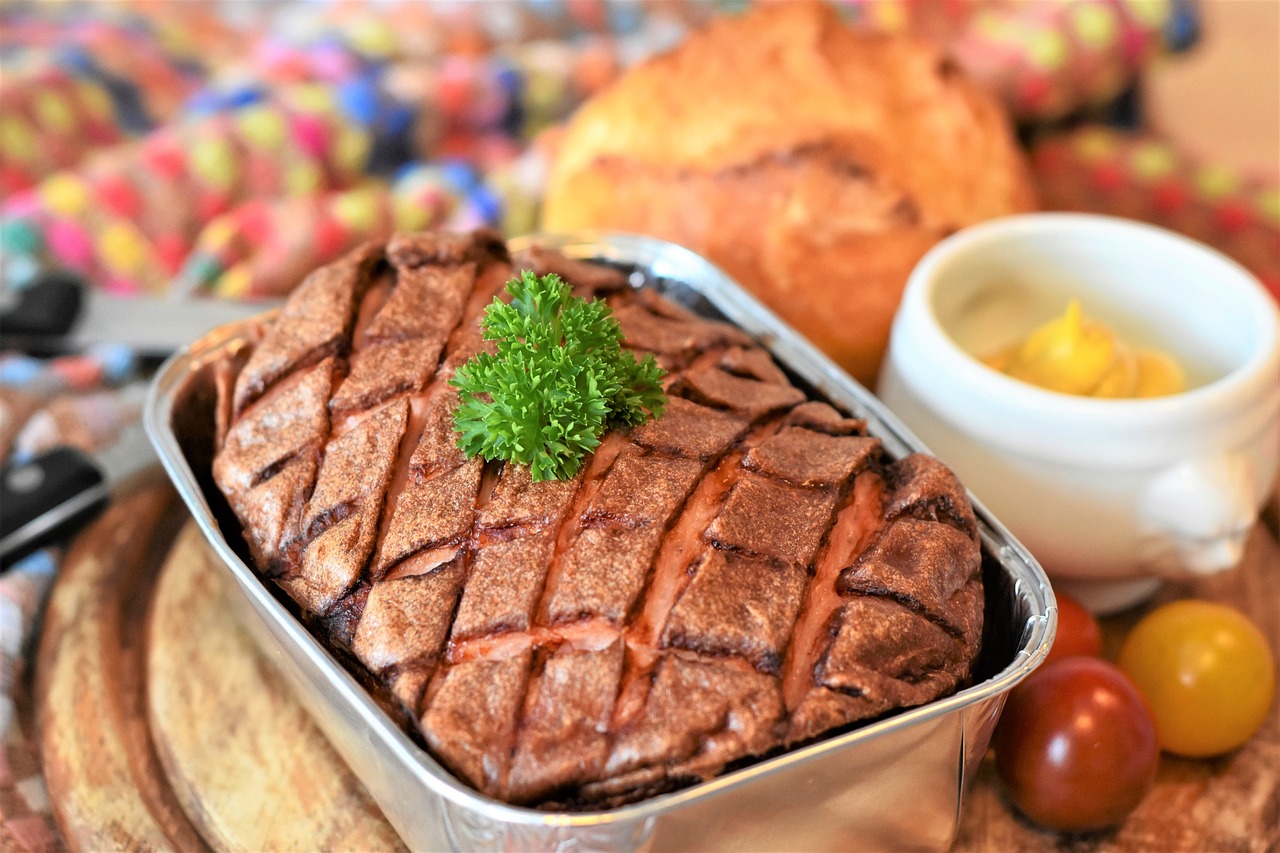The Art of Food Photography: Techniques for Stunning Culinary Shots
When capturing natural light in food photography, consider the time of day you shoot. The soft, diffused light in the early morning or late afternoon can create beautiful highlights and shadows on your subject. Avoid harsh, midday sunlight that can wash out colors and create unflattering strong shadows. Experiment with different angles and positions to see how the light interacts with your food.
Utilize reflective surfaces like white foam boards or mirrors to bounce light onto your subject and fill in any shadows. Position these reflectors to direct light where you want it to enhance the texture and colors of the food. Additionally, consider shooting near windows or doors to take advantage of the natural light source. Play around with curtains or blinds to control the intensity and direction of the light for optimal results.
Choosing the Right Background and Props for Food Photography
When selecting a background for your food photography, it’s essential to consider the overall look and feel you want to convey. Opt for backgrounds that complement and enhance the colors and textures of your dish. Neutral backgrounds like marble, wood, or plain white surfaces can help your food stand out and be the focal point of the image. Experiment with different textures and patterns to add interest and depth to your composition.
When it comes to props, less is often more in food photography. Choose props that are simple, minimalistic, and in harmony with the style of the dish. Avoid cluttering the scene with unnecessary objects that may distract from the main subject. Props like utensils, napkins, fresh herbs, or a splash of spices can add subtle details and enhance the storytelling aspect of your food photograph. Remember, the props should complement the dish and not overpower it.
Why is natural light important in food photography?
Natural light helps to enhance the colors and textures of the food, creating a more appealing and realistic look in the photographs.
How can I make the most of natural light in my food photography?
To make the most of natural light, try shooting near a window or in a well-lit area, and pay attention to the direction and quality of the light to avoid harsh shadows.
How do I choose the right background for my food photography?
When choosing a background, consider the colors and textures of the food you are photographing. Neutral backgrounds like wood, marble, or plain white surfaces often work well to make the food stand out.
What props should I use in my food photography?
Props can add interest and context to your food photos. Choose props that complement the style and theme of the food, such as utensils, tableware, fresh ingredients, or decorative elements.
How can I make my food photography more visually appealing?
To make your food photography more visually appealing, focus on composition, styling, and presentation. Experiment with different angles, arrangements, and props to create a visually engaging image.





